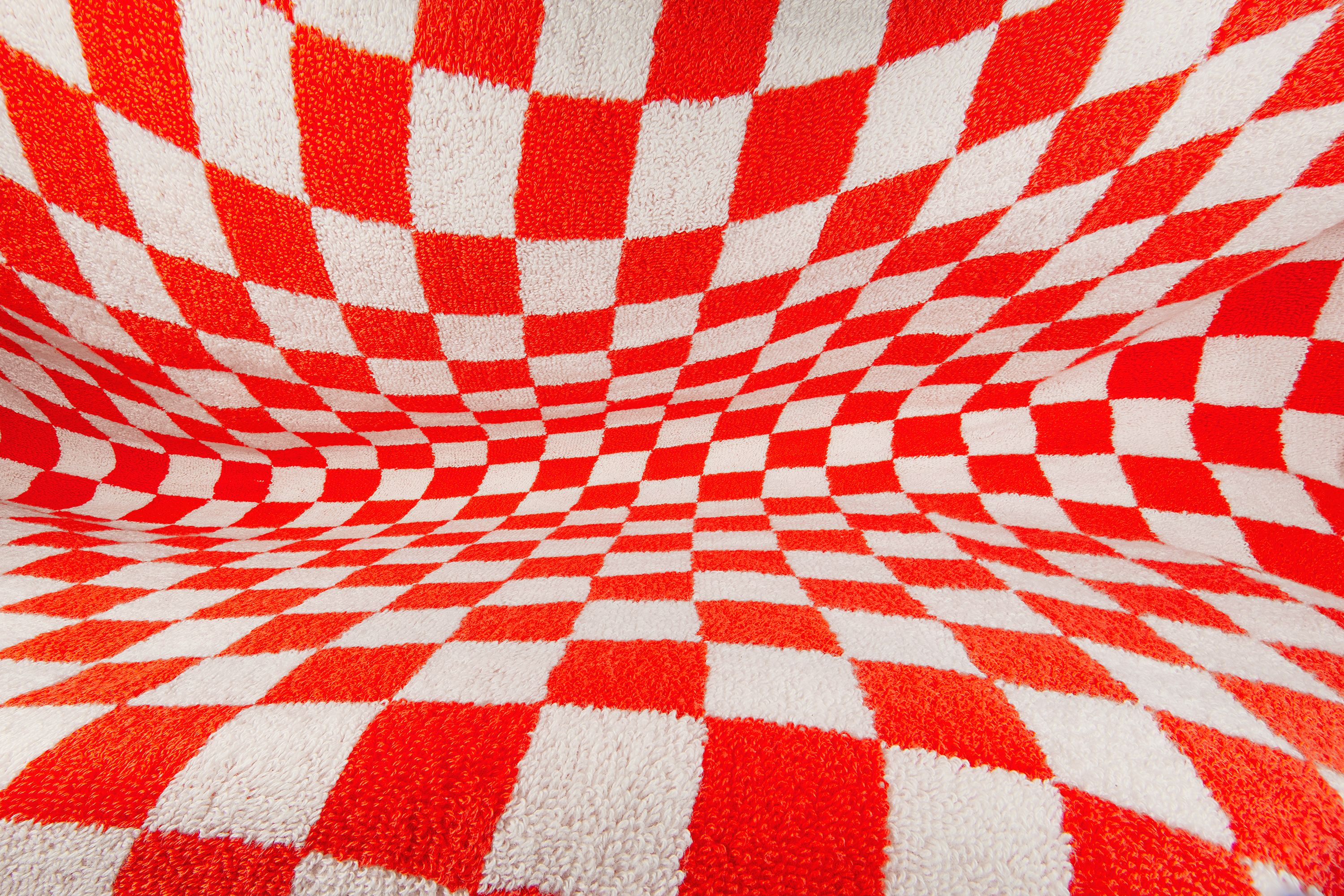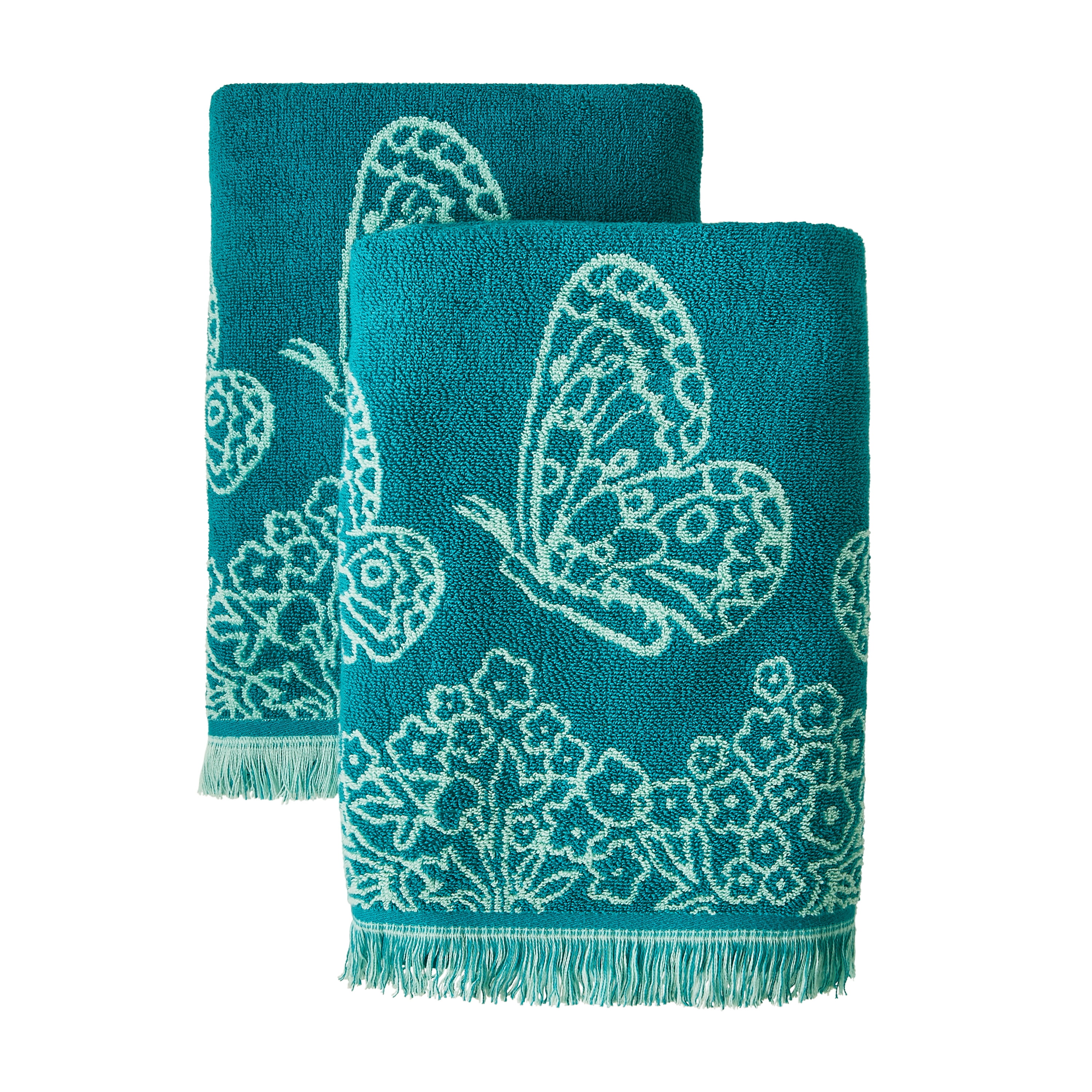Common Bathroom Floor Items

The bathroom floor is a place where various items can end up, sometimes due to convenience, sometimes due to accidents. Understanding these items and their potential hazards can help maintain a safe and clean bathroom environment.
Common Bathroom Floor Items and Their Locations, Item on many a bathroom floor crossword
Here are ten common items found on bathroom floors, along with their typical locations and potential hazards:
- Toothbrush: Often found near the sink, where it’s easily accessible for brushing. A dropped toothbrush can become contaminated with bacteria or other microorganisms present on the bathroom floor.
- Hairbrush: Frequently located near the sink or vanity, used for styling hair. Hairbrushes can shed loose hairs, contributing to the buildup of debris on the bathroom floor.
- Shampoo Bottle: Typically found near the shower or bathtub, used for washing hair. Spilled shampoo can create a slippery surface, increasing the risk of falls.
- Soap Bar: Often located near the shower or bathtub, used for bathing or washing hands. Soap bars can leave residue on the bathroom floor, making it slippery and potentially hazardous.
- Lotion Bottle: Usually found near the sink or vanity, used for moisturizing the skin. Spilled lotion can create a slippery surface, similar to spilled shampoo.
- Towel: Frequently found near the shower or bathtub, used for drying off after showering or bathing. A wet towel left on the floor can be a tripping hazard and may contribute to the growth of mold or mildew.
- Bath Mat: Typically placed near the shower or bathtub, used to provide a non-slip surface and absorb water. A wet bath mat can become a breeding ground for bacteria and fungi, particularly if not dried properly.
- Toilet Paper Roll: Found near the toilet, used for hygiene purposes. A dropped toilet paper roll can become a tripping hazard, especially in dimly lit bathrooms.
- Cotton Swabs: Usually found near the sink or vanity, used for cleaning ears or applying makeup. Cotton swabs can shed fibers, contributing to the accumulation of debris on the bathroom floor.
- Hair Elastics: Often found near the sink or vanity, used for tying up hair. Hair elastics can be easily lost or dropped, adding to the clutter on the bathroom floor.
Potential Hazards of Bathroom Floor Items
The presence of these items on the bathroom floor can pose several hazards, including:
- Slippery Surfaces: Spilled liquids like shampoo, lotion, and soap can create slippery surfaces, increasing the risk of falls and injuries.
- Tripping Hazards: Dropped items like toothbrushes, hairbrushes, and toilet paper rolls can create tripping hazards, especially in dimly lit bathrooms.
- Hygiene Issues: Items like toothbrushes and bath mats can become contaminated with bacteria or fungi if left on the floor, posing a risk to hygiene and health.
- Allergens: Items like hairbrushes and cotton swabs can shed fibers that can trigger allergies or asthma in some individuals.
Table of Common Bathroom Floor Items
| Item | Material | Typical Location | Potential Hazards |
|---|---|---|---|
| Toothbrush | Plastic, nylon | Near sink | Contamination with bacteria, tripping hazard |
| Hairbrush | Plastic, wood, nylon | Near sink or vanity | Loose hairs, tripping hazard |
| Shampoo Bottle | Plastic | Near shower or bathtub | Slippery surface, potential for spills |
| Soap Bar | Soap | Near shower or bathtub | Slippery surface, residue buildup |
| Lotion Bottle | Plastic | Near sink or vanity | Slippery surface, potential for spills |
| Towel | Cotton, linen | Near shower or bathtub | Tripping hazard, mold/mildew growth |
| Bath Mat | Rubber, fabric | Near shower or bathtub | Bacteria/fungi growth, potential for slipping |
| Toilet Paper Roll | Paper | Near toilet | Tripping hazard |
| Cotton Swabs | Cotton | Near sink or vanity | Fiber shedding, potential for allergies |
| Hair Elastics | Rubber, fabric | Near sink or vanity | Clutter, tripping hazard |
Bathroom Floor Hazards

Bathrooms are often considered havens of relaxation and hygiene, but the slippery surfaces can pose unexpected dangers. The presence of water, spills, and other common bathroom items can create hazardous conditions, increasing the risk of slips, trips, and falls.
Identifying Common Bathroom Floor Hazards
The most common bathroom floor hazards include:
- Water: Water spills, whether from showers, bathtubs, or even dripping faucets, can make the floor slippery and treacherous. Water can also leave behind a film that makes the floor even more slick.
- Soaps and Shampoos: These products can create a soapy film on the floor, leading to a loss of traction. Additionally, shampoo bottles and soap bars left on the floor can easily be stepped on, causing trips and falls.
- Towels and Rugs: Wet towels and rugs can become slippery, increasing the risk of slips. Similarly, loose or curled rugs can easily become tripping hazards.
- Toothbrushes and Other Personal Care Items: Small items like toothbrushes, razors, and cotton swabs can be easily overlooked and stepped on, leading to cuts or injuries.
Bathroom Floor Maintenance: Item On Many A Bathroom Floor Crossword

A clean and well-maintained bathroom floor is essential for a hygienic and comfortable living environment. Regular cleaning and maintenance help prevent the buildup of dirt, grime, and bacteria, ensuring a safe and pleasant experience.
Cleaning Methods and Products
Choosing the right cleaning method and products is crucial for effective bathroom floor maintenance. The specific method will depend on the type of flooring material.
- Tile floors are durable and easy to clean. You can use a mild detergent and warm water for regular cleaning. For deeper cleaning, a tile and grout cleaner can be used.
- Vinyl floors are also durable and easy to clean. A mild detergent and warm water are usually sufficient. Avoid using harsh chemicals or abrasive cleaners that can damage the vinyl.
- Wood floors require more delicate cleaning methods. Use a wood floor cleaner specifically designed for your type of wood. Avoid using water directly on wood floors, as it can cause warping.
Step-by-Step Guide for Cleaning and Maintaining a Bathroom Floor
Following a consistent cleaning routine helps maintain a clean and hygienic bathroom floor. Here’s a step-by-step guide:
- Sweep or vacuum the floor to remove loose dirt and debris. This step is essential before mopping or cleaning to prevent spreading dirt around.
- Prepare a cleaning solution using a mild detergent and warm water. Avoid using harsh chemicals that can damage the flooring or leave a residue.
- Mop the floor using a clean mop and the cleaning solution. Work in sections, ensuring you cover the entire floor area.
- Rinse the floor thoroughly with clean water to remove any soap residue. This step is crucial to prevent a slippery floor and ensure a clean finish.
- Dry the floor using a clean towel or let it air dry. This step prevents watermarks and helps maintain the floor’s shine.
